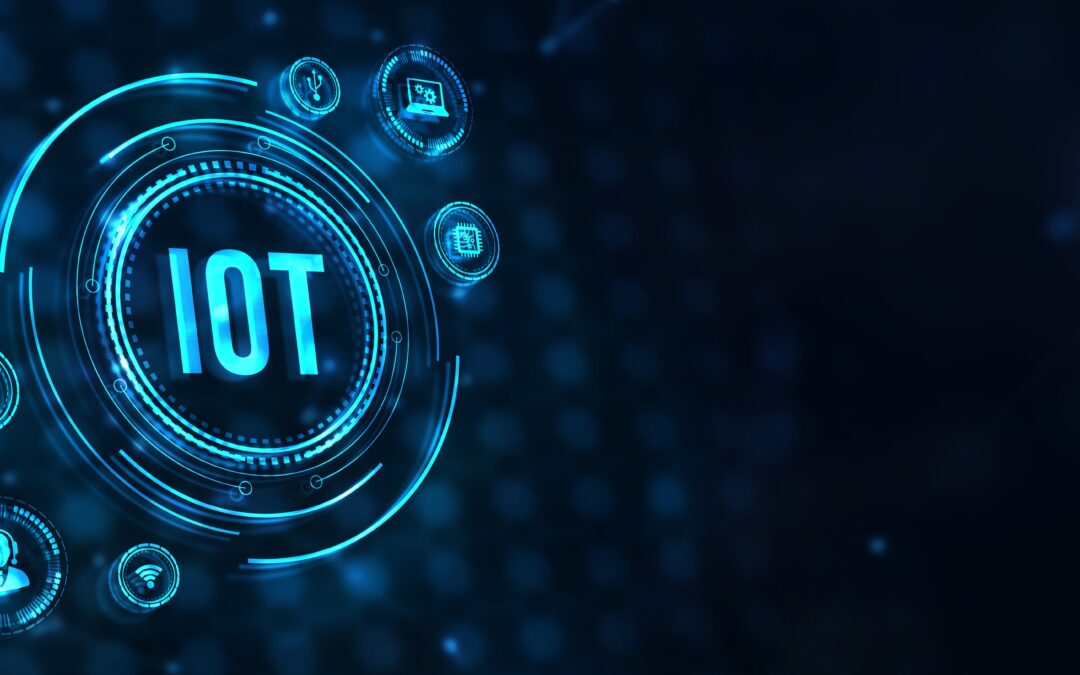The Internet of Things, or IoT, is a system of interconnected devices that communicates and exchanges data with the cloud and other IoT devices. IoT devices can be consumer goods, digital and mechanical machinery, or any combination of these, and they are often embedded with technology such as sensors and software. From simple domestic objects to sophisticated industrial instruments, these gadgets cover it all.
Why is IoT important?
IoT makes life and work more intelligent. For instance, consumers can enhance their lives by using IoT-embedded products like thermostats, smartwatches, and automobiles. Businesses across a range of sectors are increasingly utilizing IoT to boost productivity, provide better customer service, make better decisions, and raise the company’s worth.
What are the benefits of IoT to organizations
IoT supports enterprises in a number of ways. Businesses are prompted to reconsider their methods and are provided with the means to enhance their company plans. While many advantages of IoT are industry-specific, others are transferable to various industries. Industrial internet of things, or IIoT, is primarily used by manufacturing, transportation, and utility companies that use sensors and other IoT devices.
What technologies have made IoT possible?
- Sensors and actuators.
While actuators bring about physical changes like opening a valve or turning on a motor, sensors pick up environmental changes like temperature, humidity, light, motion, or pressure.
- Connectivity and network protocols.
The ease of connecting sensors to the cloud and other devices has been made possible by the abundance of network protocols for the internet, which has allowed for effective data transfer.
- Low cost and low power sensor technology.
The availability of robust and reasonably priced sensors has made IoT technology more accessible to a greater number of manufacturers. With the use of these sensors, data from the physical world may be collected and subsequently moved to the digital realm for analysis.
- Microservices and wireless technologies
Microelectromechanical systems, wireless technologies, and microservices have all come together to form the Internet of Things. These developments have made it easier for devices to connect to the cloud and exchange data with each other.
Conclusion
The Internet of Things (IoT) emerged from the convergence of microelectromechanical systems, microservices, wireless technologies, and the internet. The separation of operational and information technology silos was aided by this convergence, which made it possible to evaluate unstructured machine-generated data and find insights that will lead to improvements. Ciright helps you to build your business big.


Recent Comments